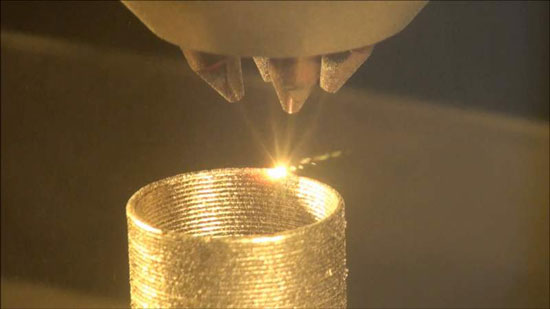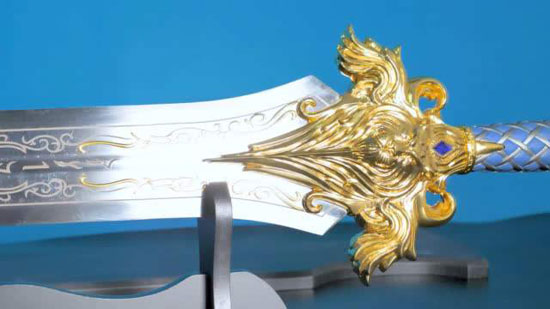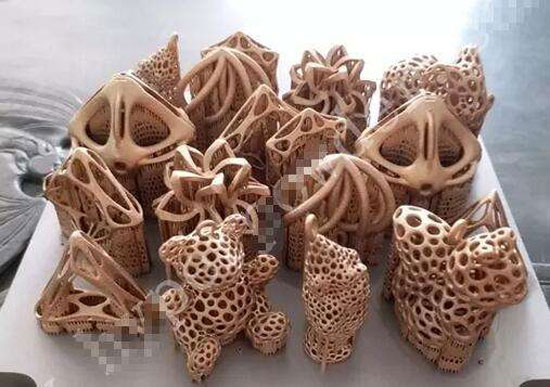Metal additive manufacturing (MAM) is revolutionizing production in multiple industries, particularly in the aerospace, automotive, and biomedical sectors. However, there are still many technical problems with the further widespread adoption of MAM. One of the main obstacles is the control of grain structure.
Poor grain structure control can affect its properties such as hot cracking and cause anisotropic mechanical properties, especially in high-performance alloys. The alloys currently used in the industry were initially designed for conventional production processes and were not optimized for the MAM process. New alloys with high strength and optimal solidification properties are needed to maximize the absorption of MAM as a competitive manufacturing path for high-performance components.

For decades, it has been recognized that fine and equiaxed grains can reduce the tendency for thermal cracking and improve their performance, for example, by strengthening Hall-Petch relationships. However, in MAM, due to the extremely high cooling rate and the unbalanced solidification of thermal gradients, the main feature of the grains is a columnar and textured microstructure. Therefore, the formation of equiaxed grains in MAM is a considerable challenge. Although progress has been made in obtaining fine equiaxed grains by adding grain refiners in MAM of aluminum alloys, there are still no commercial refiners that can effectively refine the microstructure of titanium grains.
High-pressure water atomized 3D printed copper powder, spherical copper powder, and copper alloy powder, which has the characteristics of good sphericity, uniform composition, good forming performance, excellent sintering performance, and little surface oxidation. It is a high-efficiency composite copper-based catalyst one-step project. Green and pollution-free, no wastewater, waste gas, waste residue discharge in the production process, less equipment investment, small footprint, strong applicability of raw materials, low production costs.

The technology of 3D printing titanium alloy objects does bring some exciting possibilities to people. However, the finished product is not always so sturdy. A new study now shows that adding copper to these alloys may have a completely different effect.
Titanium-copper alloy has a high ability to undercool the structure. This is due to the distribution of alloying elements during solidification. It can overcome the adverse effects of steep thermal gradients in lasers. The printing process does not require any individual process control or other treatments. The printed titanium-copper alloy sample has a completely equiaxed fine-grained structure. They also show excellent mechanical properties compared to conventional alloys under similar processing conditions, such as high yield strength and uniform elongation, due to the use of upper cooling rates and multiple thermal cycles to form super Fine eutectoid microstructure.

Mechanical properties of 3D printed Ti-Cu alloy.
The Ti-Cu alloy produced by the MAM process has unusual equiaxed primary grains and eutectoid flakes and has excellent mechanical properties. Experiments have shown that tunable microstructures can be achieved on multiple microstructure length scales through MAM. The proposed new alloy design strategy focuses on synergistically controlling the thermodynamics of alloying elements and the solidification conditions of MAM. The authors also hope that their alloy design concepts can be applied to other alloy systems and develop more high-performance engineering alloys for MAM in the future.
TRUNNANO (aka. Luoyang Kmpass Nano Technology Co. Ltd.) is a trusted global chemical material supplier & manufacturer with over 12 years’ experience in providing super high quality chemicals and Nano materials. The 3D printing metal powder produced by our company has high purity, fine particle size and impurity content. Lower, please contact us if necessary.



